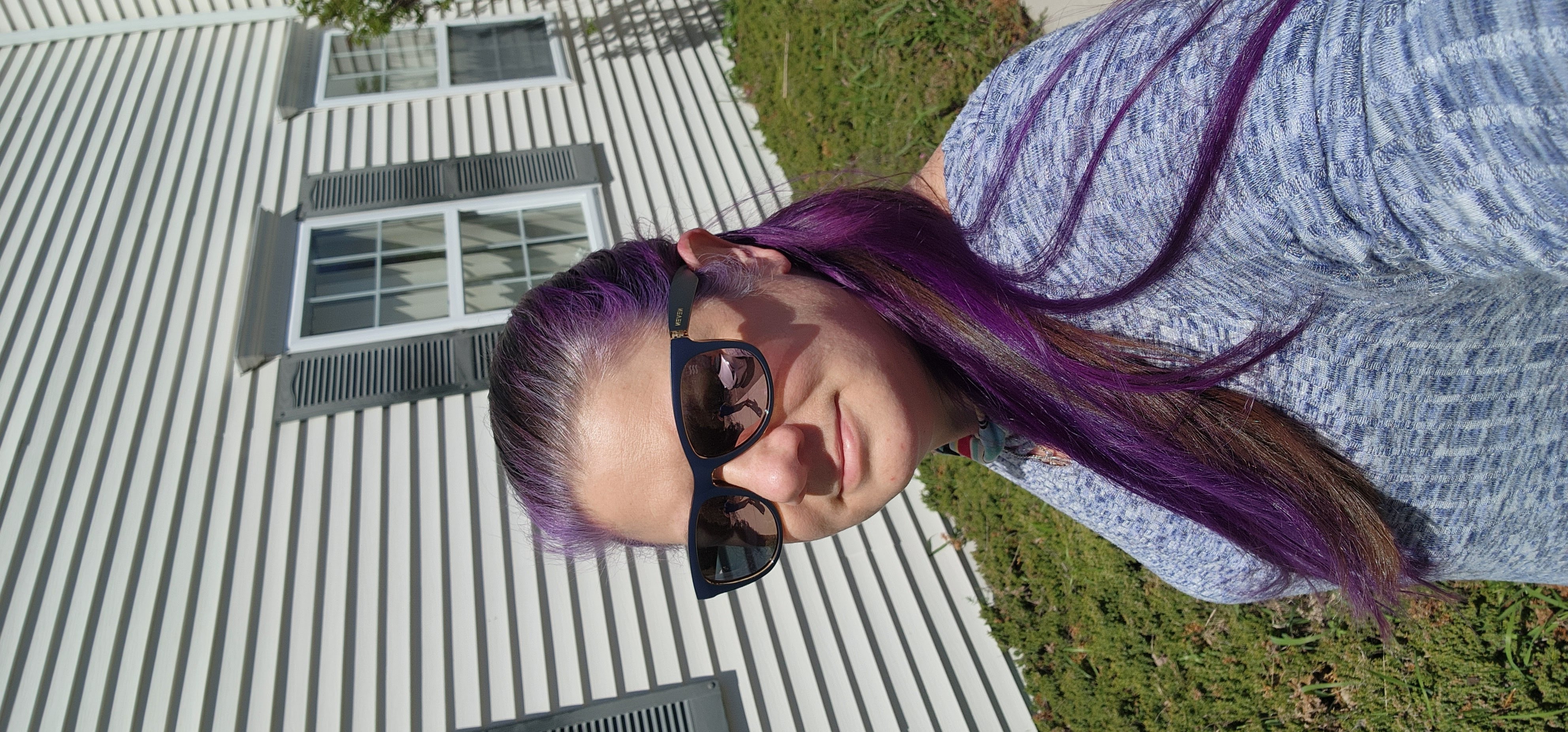
Stylish Wood Laminate Flooring: 2025 Guide to Transform Your Space
Understanding Wood Laminate Flooring
What is Wood Laminate Flooring?
Wood laminate flooring is a versatile and cost-effective alternative to traditional hardwood floors. It's constructed from a high-density fiberboard core, topped with a photographic layer that mimics various wood designs, and finished with a transparent wear layer for protection. This setup gives it the appearance of real wood, but at a fraction of the price. Laminate flooring is celebrated for its durability and ease of installation, making it a popular choice for DIY enthusiasts. While it can't be refinished like real wood, it offers a wide range of styles, from rustic oak to sleek maple, catering to diverse tastes.
Benefits of Choosing Laminate
Opting for laminate flooring brings numerous advantages:
Affordability: Laminate is generally less expensive than hardwood, making it accessible for budget-conscious homeowners.
Durability: It's resistant to scratches and stains, ideal for homes with kids or pets.
Easy Maintenance: Laminate floors require minimal upkeep—just regular sweeping and occasional mopping.
Versatility: With a variety of designs, laminate can suit any room's style, from traditional to modern.
Comparing Laminate to Other Flooring Types
When stacked against other flooring options, laminate holds its own:
Hardwood: While hardwood offers timeless beauty and can be refinished, it's more prone to scratches and dents and comes with a higher price tag.
Tile: Tile is durable and water-resistant, but it can be cold and hard underfoot, whereas laminate offers a warmer feel.
Carpet: Carpet provides comfort and warmth but is less durable in high-traffic areas compared to laminate.
Laminate flooring strikes a balance between style, durability, and cost, making it a smart choice for many households. Whether you're renovating a single room or an entire home, laminate offers a practical and stylish solution.
Design Trends in Wood Laminate Flooring for 2025
Popular Colors and Textures
In 2025, wood laminate flooring is all about making bold statements with colors and textures. Forget the days of plain, subtle tones; this year is about embracing vibrant hues and rich textures. Deep blues, earthy greens, and warm terracotta tones are taking center stage, paired with intricate wood grain patterns that add depth and character. These colors are not just about aesthetics—they also create a cozy and inviting atmosphere in your home.
Innovative Patterns and Layouts
Patterns are becoming a big deal in laminate flooring. Whether it's a classic herringbone or a more daring chevron, these designs are redefining how we look at floors. Innovative layouts like diagonal planks or mixed-width boards are also gaining popularity, offering a unique twist to traditional flooring. These patterns not only enhance the visual appeal but also allow homeowners to express their personal style in a creative way.
Incorporating Laminate in Modern Interiors
Laminate flooring is no longer just a budget-friendly option; it's a key player in modern interior design. With its ability to mimic high-end materials like hardwood and stone, laminate is perfect for creating a luxurious look without the high price tag. It's versatile enough to fit into any room, from sleek, minimalist kitchens to cozy, rustic living spaces. Plus, with advancements in technology, laminate flooring now offers improved durability and water resistance, making it a practical choice for busy households.
Laminate flooring in 2025 is not just about covering your floors—it's about making a statement. With the right choice of colors, patterns, and layouts, you can transform your space into a stylish haven that reflects your unique taste.
Installation and Maintenance of Wood Laminate Flooring
Step-by-Step Installation Guide
Installing wood laminate flooring can be a satisfying DIY project if you know what you're doing. Here's a straightforward guide to get you started:
Measure Your Space: Before you do anything, measure the area twice. You don’t want to end up with too much or too little material.
Prepare the Subfloor: Ensure your subfloor is clean, dry, and level. This step is crucial to avoid any bumps or uneven surfaces.
Acclimate the Planks: Let the laminate planks sit in the room for a couple of days to adjust to the room's temperature and humidity.
Lay the Underlay: An underlay is essential as it provides a smooth base, helps with insulation, and reduces noise.
Start Laying the Planks: Begin from one corner of the room. Use the click-lock mechanism to join the planks, and don't forget to leave a small expansion gap around the edges.
Cut and Fit: Use a saw for precise cuts around corners and obstacles.
Inspect and Finish: Once all planks are laid, inspect for any gaps or misalignments and make necessary adjustments.
Essential Maintenance Tips
Keeping your laminate flooring in top shape doesn't have to be a chore. Here are some easy maintenance tips:
Regular Cleaning: Sweep or vacuum regularly to remove dust and dirt that can scratch the surface.
Avoid Excess Water: Laminate doesn’t like water. Use a damp mop for cleaning and wipe up spills immediately.
Use Protective Pads: Place felt pads under furniture legs to prevent scratches.
Polishing: Use a laminate floor polish occasionally to maintain shine.
Common Mistakes to Avoid
Even with the best intentions, things can go wrong. Here are some common mistakes to watch out for:
Skipping the Subfloor Prep: Not preparing the subfloor can lead to uneven surfaces and squeaks.
Incorrect Measurements: Always double-check your measurements to avoid unnecessary waste.
Ignoring Expansion Gaps: Forgetting to leave expansion gaps can cause the flooring to buckle.
"Taking the time to plan and prepare can save you from headaches and costly mistakes."
For professional installation services, consider Carpetland of New England, where their expert team ensures precise installation, enhancing both aesthetics and durability.
Eco-Friendly and Sustainable Laminate Options
Sustainable Materials Used in Laminate
When it comes to eco-friendly flooring, the materials used are crucial. Laminate flooring can incorporate sustainable resources like bamboo and cork. Bamboo, for instance, is a fast-growing plant that regenerates quickly, making it a renewable resource. Cork, harvested from the bark of cork trees, is another great option. It's not only sustainable but also offers a unique texture and comfort underfoot. By choosing these materials, you're not just getting a beautiful floor but also contributing to a healthier planet.
Environmental Benefits of Laminate Flooring
Laminate flooring offers several environmental benefits. It often improves indoor air quality since it typically emits lower levels of volatile organic compounds (VOCs) compared to other materials. This means a healthier home environment for you and your family. Additionally, laminate is durable, reducing the need for frequent replacements and thus minimizing waste. Opting for laminate is a step towards reducing deforestation and pollution.
Certifications and Standards to Look For
When shopping for eco-friendly laminate, look for certifications that ensure the product meets environmental standards. Some key certifications include the Forest Stewardship Council (FSC) label, which guarantees that the wood used comes from responsibly managed forests. Another is the GreenGuard certification, which indicates low chemical emissions. By choosing certified products, you can be confident that your flooring choice is both sustainable and safe for your home.
Picking eco-friendly flooring isn't just a style choice; it's a commitment to sustainability. It's about making choices that reflect your values and contribute to a healthier world.
Cost Considerations for Wood Laminate Flooring

Budgeting for Your Flooring Project
When planning your flooring project, setting a budget is crucial. Laminate flooring is one of the most cost-effective options available, typically ranging from $1 to $5 per square foot. This makes it a great choice for those looking to achieve a stylish look without breaking the bank. Here's a quick checklist to help you budget:
Measure your space accurately to know how much flooring you need.
Factor in additional costs like underlay, trims, and adhesives.
Decide if you'll do it yourself or hire professionals for installation.
Cost Comparison with Other Flooring Types
Laminate flooring often competes with other types like hardwood and vinyl. While hardwood can cost between $4 and $12 per square foot, laminate offers a more affordable alternative without sacrificing style. Here's a simple comparison:
Flooring TypeCost per Square FootHardwood$4 - $12Laminate$1 - $5Vinyl$2 - $7
This table highlights how laminate is a budget-friendly choice, especially when compared with hardwood. For more detailed comparisons, explore flooring options and costs.
Long-Term Value and Investment
Investing in laminate flooring can offer long-term benefits. While it might not have the lifespan of hardwood, with proper care, laminate can last 10 to 20 years. It's resistant to scratches and stains, making it ideal for high-traffic areas. Choosing laminate is not just about the initial cost savings but also about the ease of maintenance and durability over time.
Consider the long-term savings when choosing laminate. With its durability and low maintenance needs, it’s a smart investment for any home.
Enhancing Your Space with Wood Laminate Flooring
Choosing the Right Laminate for Each Room
Picking the right laminate flooring for each room in your home can be a game-changer. Laminate flooring is incredibly versatile, making it suitable for almost any space. For example, in high-traffic areas like the kitchen or hallway, you'll want something durable and easy to clean. A laminate with a textured finish can help hide scratches and scuffs, keeping it looking fresh. Meanwhile, for the living room or bedroom, you might opt for something with a softer, more natural wood look to create a cozy atmosphere.
Combining Laminate with Other Materials
Mixing materials can add depth and interest to your interior design. Consider pairing wood laminate with tile or stone for a contrasting effect that can make your space pop. You might lay laminate in the living room and transition to tile in the kitchen or bathroom. This not only defines different areas but also adds a layer of sophistication to your home. Remember, the aim is to create a seamless flow, so choose complementary colors and textures.
Creating a Cohesive Design Aesthetic
Achieving a cohesive design aesthetic with laminate flooring involves more than just picking the right color. It’s about ensuring everything from your walls to your furniture works well together. Start by selecting a laminate that matches your overall style—be it modern, rustic, or traditional. Use accessories like rugs or curtains to tie the room together. And don’t forget about lighting; the right lighting can enhance the beauty of your laminate, highlighting its texture and color.
Tip: When mixing and matching flooring materials, consider the cost comparison with other flooring types to make an informed decision that fits your budget.
Troubleshooting and Repairing Laminate Flooring Issues

Identifying Common Problems
Laminate flooring is generally tough, but like anything, it can have its issues. You might notice some common problems like scratches, dents, or even bubbling. Scratches are usually from heavy foot traffic or moving furniture without protection. Dents can happen if something heavy drops on it. Bubbling is often due to moisture seeping in, especially if the flooring wasn't installed properly.
DIY Repair Solutions
For those who like to tackle things themselves, there are some DIY fixes you can try. Small scratches can be hidden with a crayon or marker that matches the floor color. For dents, a bit of wood filler can work wonders. If you see bubbling, it's a bit trickier. You might need to replace the affected planks. Always make sure to have some spare planks from your original installation.
When to Call a Professional
Sometimes, DIY just won't cut it. If the damage is extensive or you're unsure, it might be time to call in the pros. Expert flooring repair services can handle complex repairs, ensuring your floor looks as good as new. They have the tools and expertise to deal with everything from minor fixes to major overhauls, saving you time and potential headaches.
"Don't let small issues turn into big problems. Addressing them early can save you from costly repairs down the line."
If you're facing problems with your laminate flooring, don't worry! We have the solutions you need. Visit our website for expert tips and guidance on fixing common issues. Let us help you restore your floors to their best condition!
Conclusion
So, there you have it! Wood laminate flooring is a fantastic way to spruce up your home without emptying your wallet. It's like getting a makeover for your floors that can handle the hustle and bustle of everyday life. Whether you're into the classic look of wood or something a bit more modern, there's a style out there for you. Plus, it's pretty easy to keep clean, which is always a bonus. So, if you're thinking about giving your space a fresh look, laminate flooring might just be the perfect fit. Happy decorating!



Facebook
Instagram